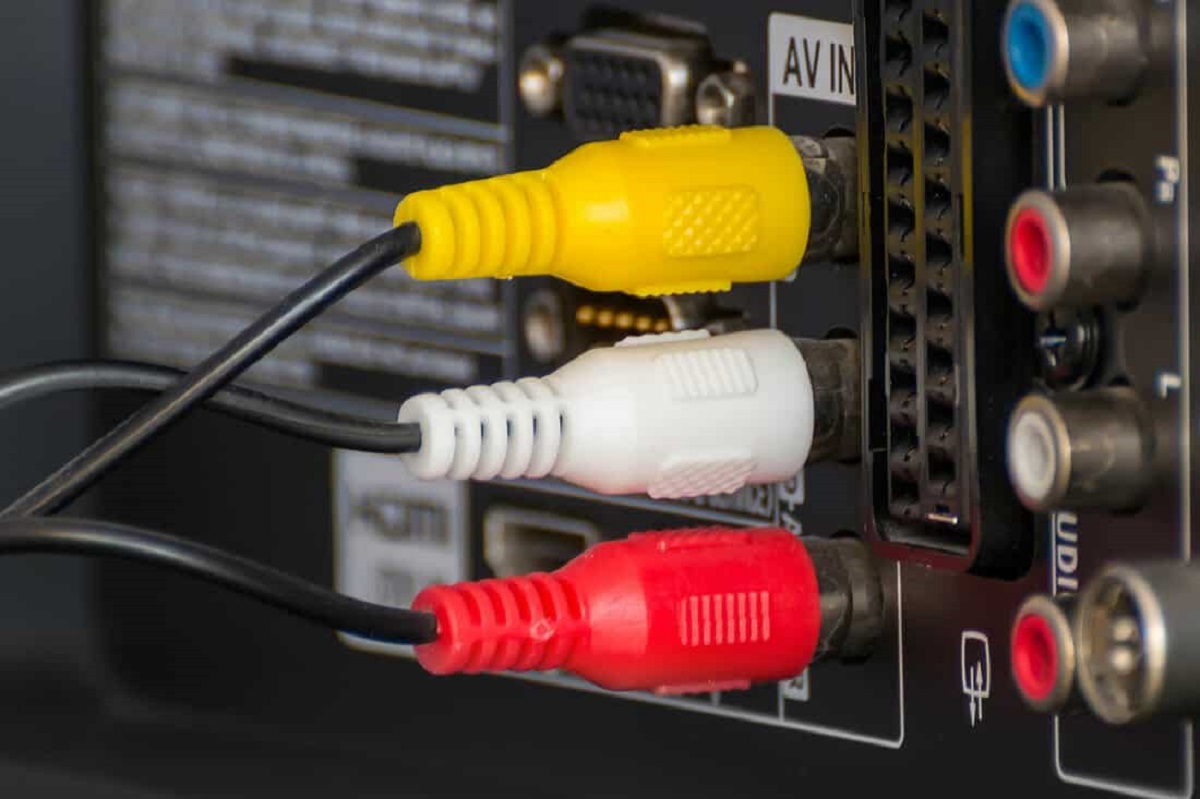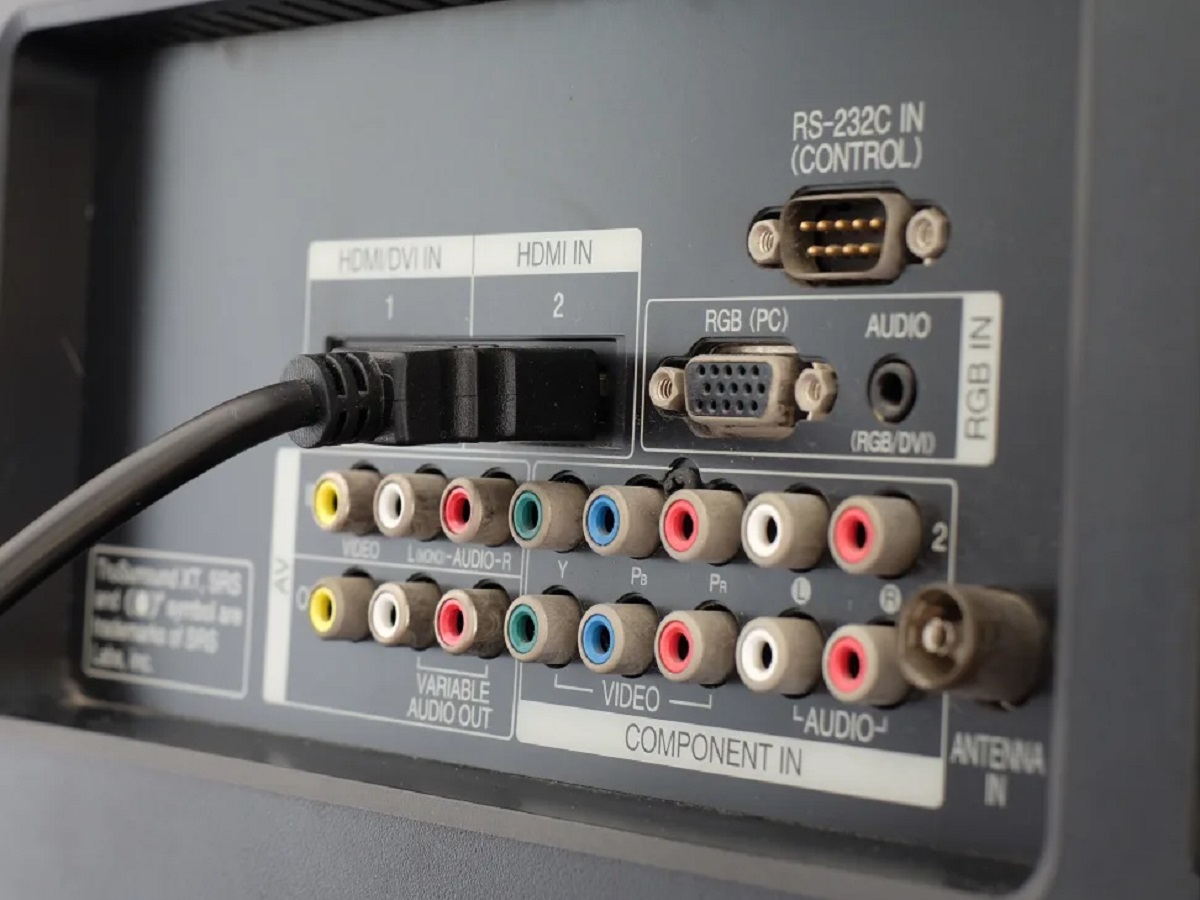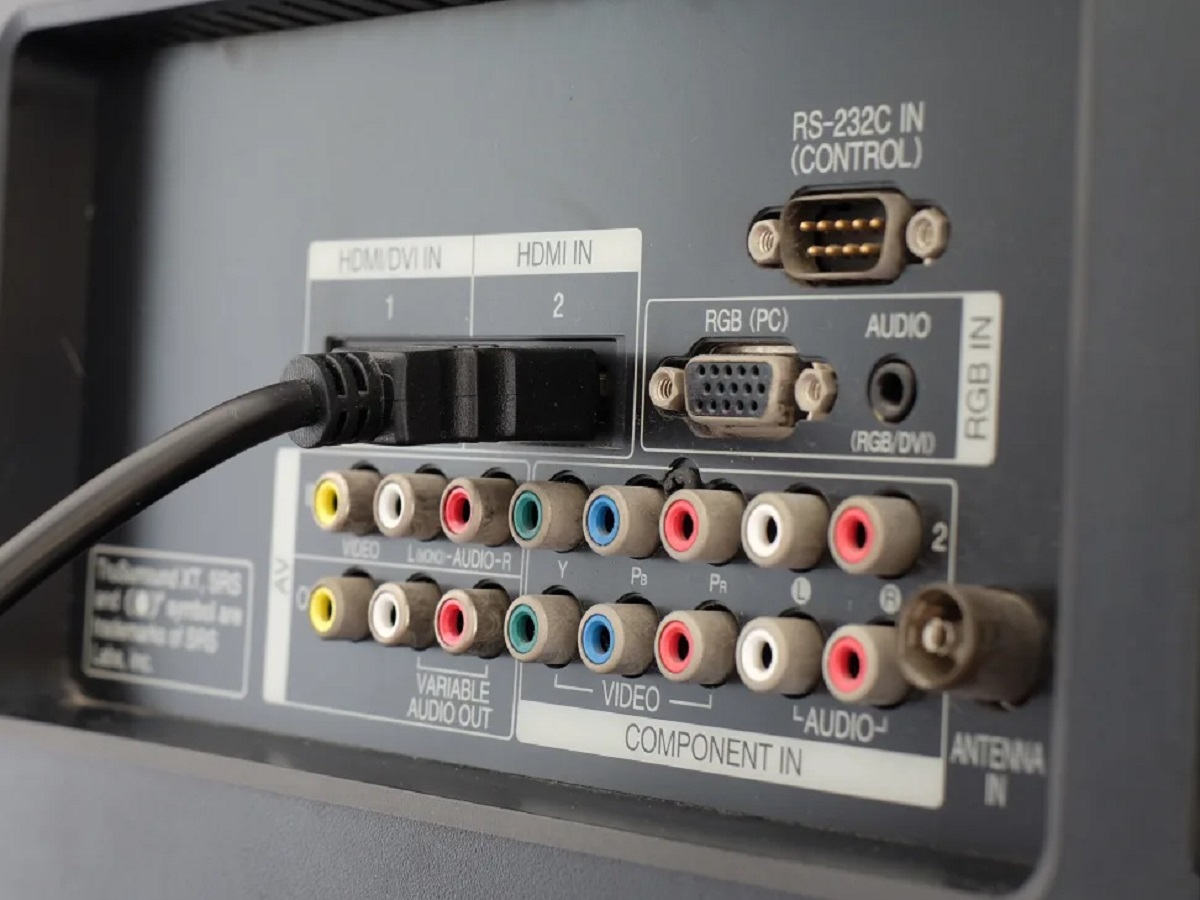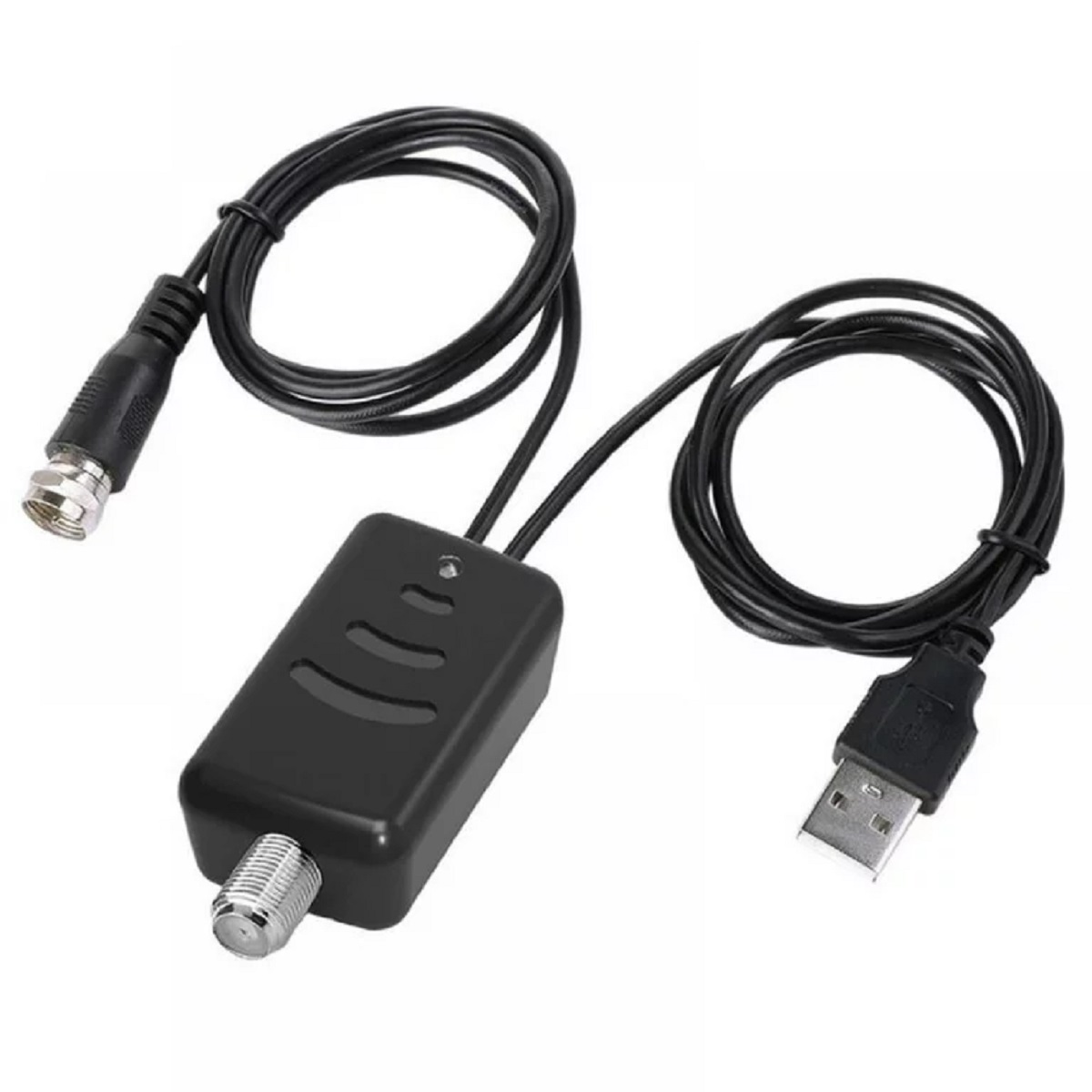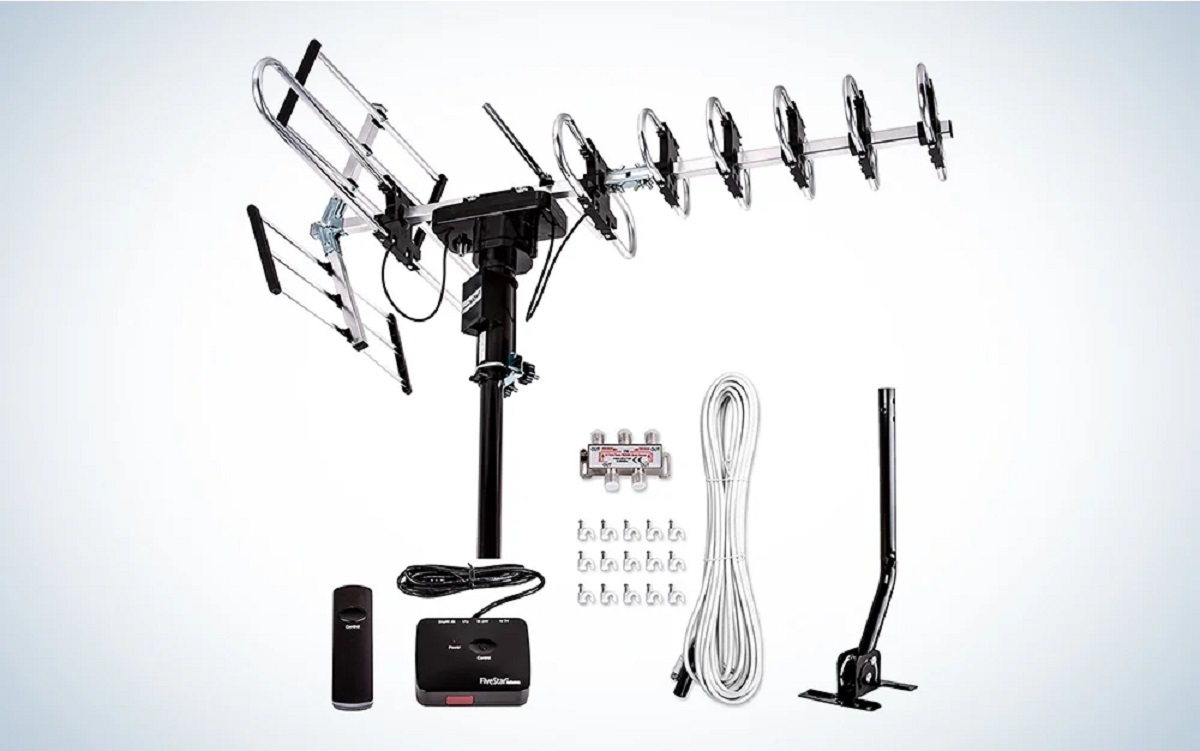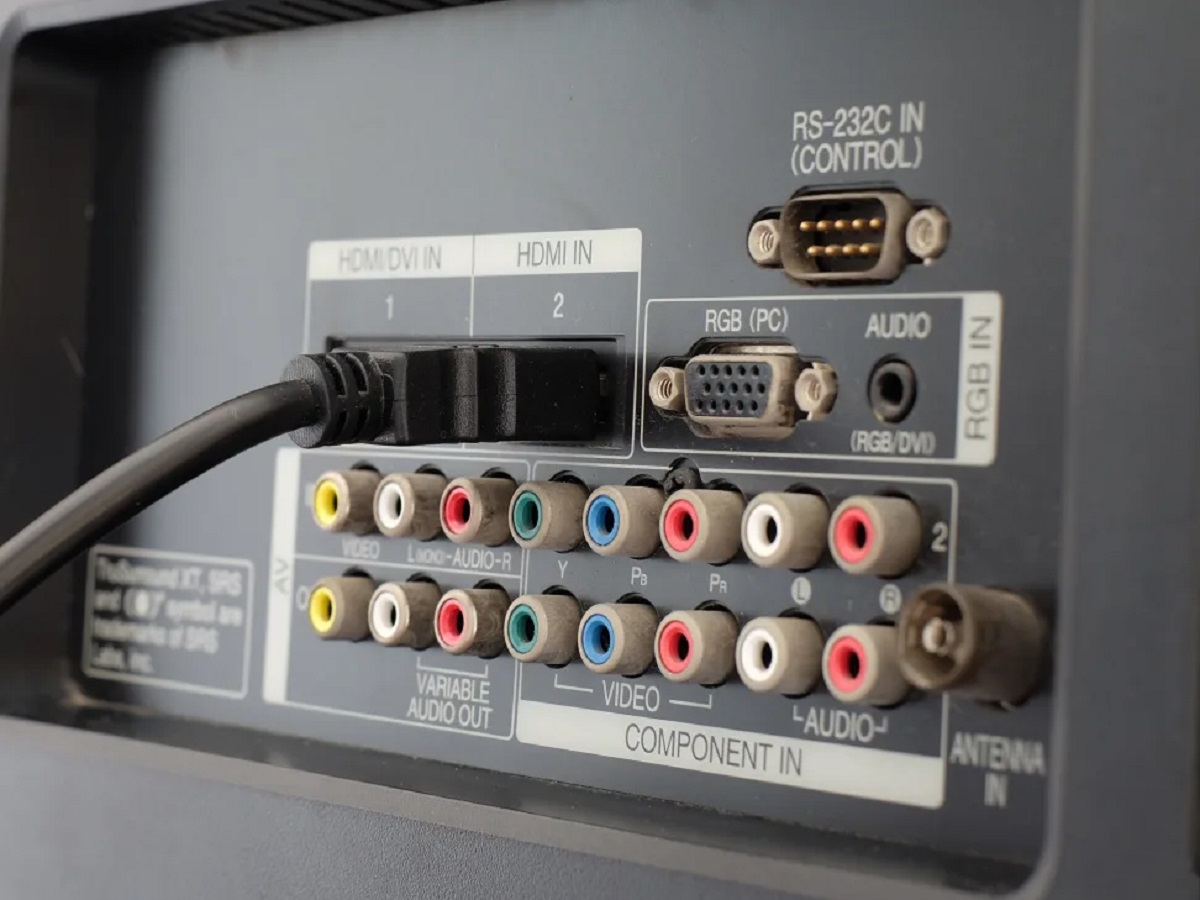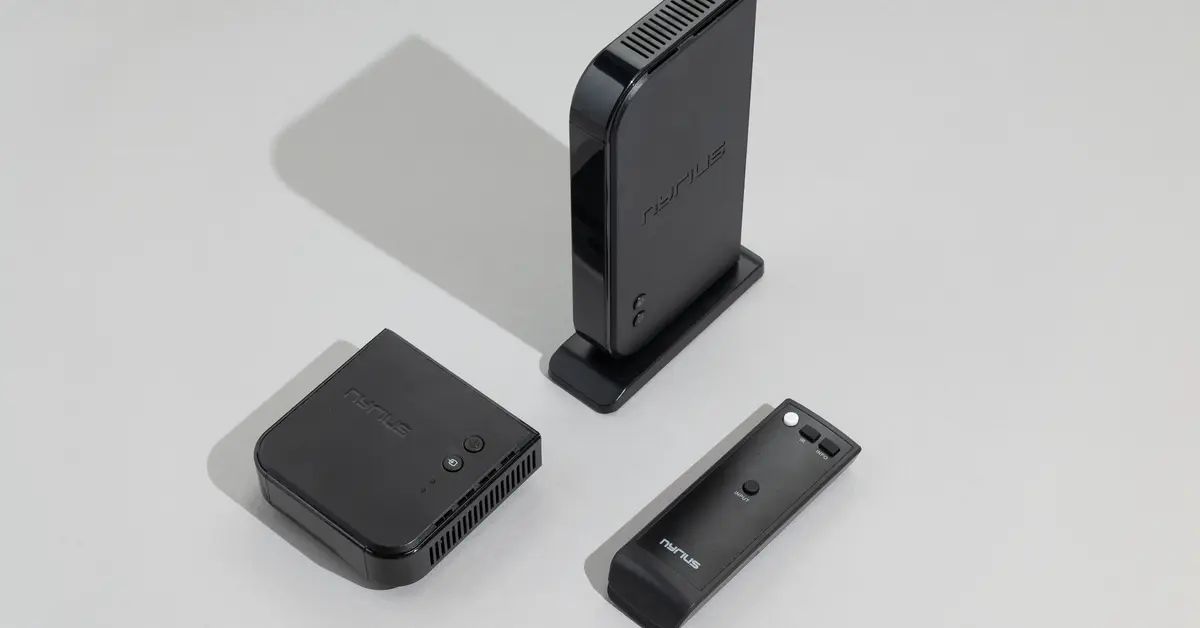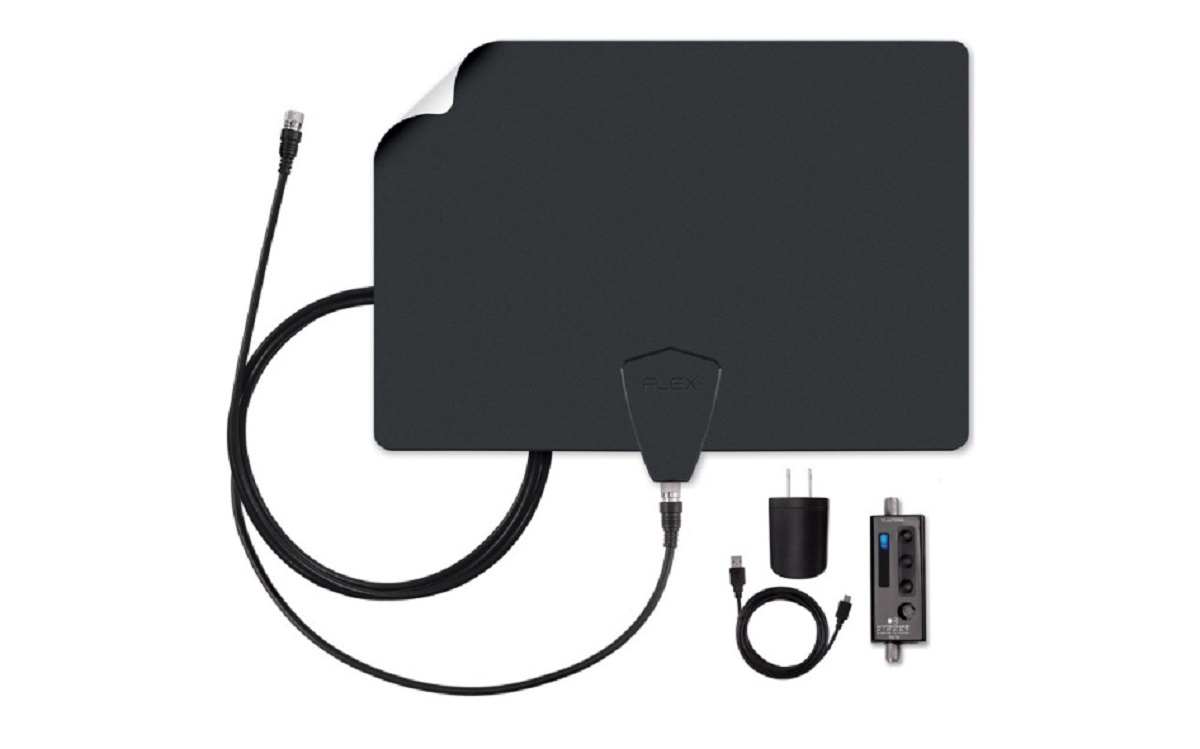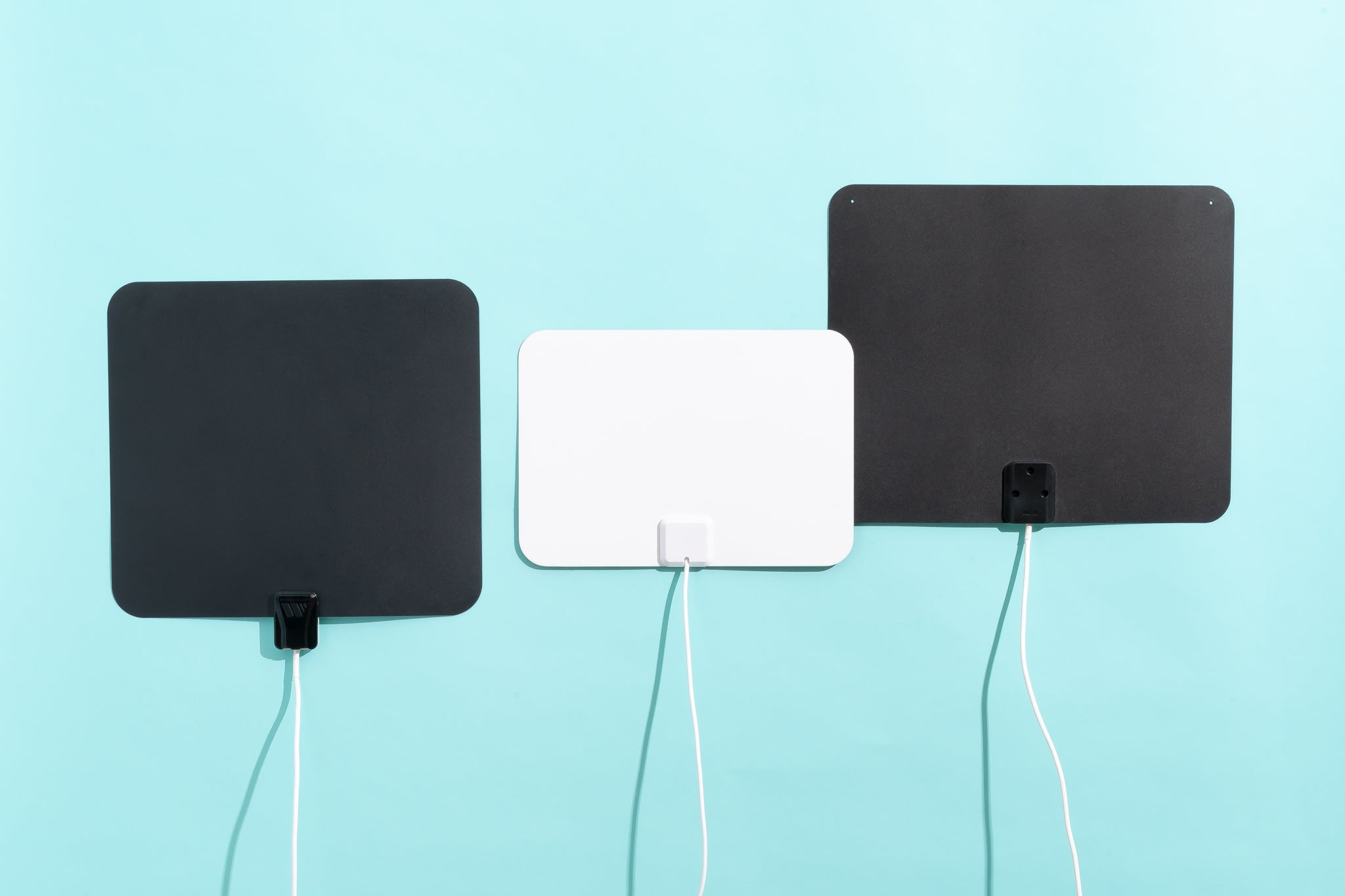Introduction
Connecting a smart TV to an amplifier without an HDMI port is a common challenge among home entertainment enthusiasts. While HDMI is the most common and convenient way to connect audio and video devices, not all amplifiers or smart TVs come equipped with an HDMI port.
Fortunately, there are alternative methods available that allow you to connect your smart TV to an amplifier and enjoy high-quality audio. In this article, we will explore various methods that you can use to connect your smart TV to an amplifier without an HDMI port.
Before we delve into the different methods, it’s important to note that the specific options available to you will depend on the ports and connectivity options supported by your smart TV and amplifier. It is always recommended to consult the user manuals of your devices to ensure compatibility and support for the methods mentioned.
Now, let’s explore the alternate methods that you can use to connect your smart TV to an amplifier and enjoy immersive audio.
Required Equipment
Before you can start connecting your smart TV to an amplifier without an HDMI port, there are a few essential equipment pieces you will need:
- RCA Cables: Also known as composite cables, these cables have red and white connectors for audio and yellow for video. They are commonly used to transmit analog audio and video signals.
- Optical or Digital Audio Cable: This cable is used to transmit digital audio signals from your smart TV to the amplifier. It is often labeled as either an optical cable (TOSLINK) or a digital coaxial cable and features a square-shaped connector.
- Component Video Cables and RCA Audio Cables: If your smart TV and amplifier both support component video connections, you will need these cables to transmit video and audio signals separately. The component video cables feature red, green, and blue connectors for video, while the RCA audio cables have red and white connectors for audio.
- HDMI to RCA Converter: This device converts the digital HDMI signal from your smart TV into analog signals that can be transmitted through RCA cables. It is useful if your amplifier only supports analog audio connections.
- HDMI Audio Extractor: This device splits the HDMI audio signal from your smart TV, allowing you to extract the audio and send it to your amplifier separately. It is ideal if your amplifier doesn’t support HDMI but has other audio input options.
Make sure to check the specifications and compatibility of the above equipment with your smart TV and amplifier to ensure they will work together smoothly. Additionally, it’s always a good idea to have the necessary cables and adapters on hand to avoid delays in setting up your connection.
Method 1: Using RCA Cables
If your smart TV and amplifier both have RCA audio connectors, you can use RCA cables to establish a connection. Here’s how:
- Locate the RCA audio output ports on your smart TV. These are usually labeled as “Audio Out” or “Line Out” and may be color-coded as red and white.
- Connect one end of the RCA cables to the audio output ports on your smart TV. Ensure that you match the red cable to the red port and the white cable to the white port.
- Locate the RCA audio input ports on your amplifier. These are typically located near the other audio inputs and may also be color-coded. If your amplifier has multiple input channels, choose one that corresponds to the RCA connection you are using.
- Connect the other end of the RCA cables to the audio input ports on your amplifier, ensuring that you match the red cable to the red port and the white cable to the white port. Make sure the connections are secure.
- Once the RCA cables are properly connected, turn on your smart TV and amplifier.
- On your smart TV, go to the settings menu and navigate to the audio settings. Select the audio output option and choose the RCA connection as the audio output method.
- Adjust the volume on both your smart TV and amplifier to a suitable level, and you should now be able to enjoy audio through your amplifier.
Using RCA cables is a straightforward method that provides a reliable analog audio connection between your smart TV and amplifier. However, keep in mind that RCA cables can only transmit stereo audio signals, so you might not experience the full surround sound capabilities of your equipment.
Next, we will explore another method that allows you to connect your smart TV to an amplifier using an optical or digital audio cable.
Method 2: Using Optical or Digital Audio Cable
If your smart TV and amplifier support optical or digital audio connections, using an optical or digital audio cable is a great option. Here’s how you can connect them:
- Locate the optical or digital audio output port on your smart TV. It is usually labeled as “Optical Out” or “Digital Out” and may have a square-shaped connector.
- Connect one end of the optical or digital audio cable to the audio output port on your smart TV. Make sure the connection is secure.
- Locate the optical or digital audio input port on your amplifier. It is generally labeled as “Optical In” or “Digital In” and may have a matching square-shaped connector.
- Connect the other end of the optical or digital audio cable to the audio input port on your amplifier, ensuring a secure connection.
- After the cables are properly connected, turn on your smart TV and amplifier.
- Access the settings menu on your smart TV and navigate to the audio settings. Choose the appropriate audio output option, such as “Optical” or “Digital Audio,” to enable the connection.
- Adjust the volume on both your smart TV and amplifier, and you should now be able to enjoy audio through your amplifier.
Using an optical or digital audio cable provides a digital connection between your smart TV and amplifier. This method allows for better audio quality and supports surround sound formats such as Dolby Digital. However, ensure that both your smart TV and amplifier have the necessary optical or digital audio ports to establish this connection.
In the next section, we will discover another option to connect your smart TV to an amplifier using component video cables and RCA audio cables.
Method 3: Using Component Video Cables and RCA Audio Cables
If your smart TV and amplifier support component video connections, you can use component video cables along with RCA audio cables to establish a connection. Follow these steps:
- Locate the component video output ports on your smart TV. They are typically labeled as “Component Out” and consist of three separate color-coded connectors: red, green, and blue.
- Connect one end of the component video cables to the corresponding component video output ports on your smart TV. Ensure that you match the red cable to the red port, the green cable to the green port, and the blue cable to the blue port.
- Locate the RCA audio output ports on your smart TV. They are usually labeled as “Audio Out” or “Line Out” and may be color-coded as red and white.
- Connect one end of the RCA audio cables to the audio output ports on your smart TV. Make sure that you match the red cable to the red port and the white cable to the white port.
- Now, move to the amplifier side. Locate the component video input ports on your amplifier. They are typically labeled as “Component In” and consist of three separate color-coded connectors: red, green, and blue. Ensure that they correspond to the component video output connections from your smart TV.
- Connect the other end of the component video cables to the component video input ports on your amplifier, matching the colors of the cables to their respective connectors.
- Locate the RCA audio input ports on your amplifier. They are usually labeled as “Audio In” or “Line In” and may be color-coded as red and white. Connect the other end of the RCA audio cables to these audio input ports, matching the red and white cables to their respective connectors.
- Once the cables are properly connected, turn on your smart TV and amplifier.
- On your smart TV, navigate to the video settings and select the appropriate output option for component video. Adjust any necessary settings, such as resolution, to ensure optimal video quality.
- Adjust the volume on both your smart TV and amplifier, and you should now be able to enjoy audio and video through your amplifier.
Using component video cables and RCA audio cables allows you to transmit high-quality video and audio signals separately. This method is ideal if your smart TV and amplifier support component video connections, providing a reliable and clear audiovisual experience.
Next, we will explore another option to connect your smart TV to an amplifier using an HDMI to RCA converter.
Method 4: Using an HDMI to RCA Converter
If your smart TV has an HDMI port but your amplifier only supports RCA connections, you can use an HDMI to RCA converter to bridge the gap. Here’s how:
- Start by locating the HDMI output port on your smart TV.
- Connect one end of the HDMI cable to the HDMI output port on your smart TV.
- Now, connect the other end of the HDMI cable to the HDMI input port on the HDMI to RCA converter.
- Locate the RCA output ports on the converter. They are usually color-coded as red, white, and yellow.
- Connect one end of the RCA cables to the RCA output ports on the HDMI to RCA converter, matching the colors of the cables to their respective connectors.
- Next, find the RCA input ports on your amplifier. They are typically labeled as “Audio In” or “Line In” and may be color-coded as red and white. Connect the other end of the RCA cables to these audio input ports.
- Once the cables are properly connected, plug in the HDMI to RCA converter to a power source, as some models require external power.
- Turn on your smart TV and the amplifier.
- On your smart TV, go to the settings menu and select the HDMI output as the audio and video source.
- Adjust the volume on both your smart TV and amplifier, and you should now be able to enjoy audio and video through your amplifier.
Using an HDMI to RCA converter allows you to adapt the HDMI output from your smart TV to RCA inputs on your amplifier. This method enables you to enjoy both audio and video through your amplifier, even if it doesn’t have an HDMI port.
In the next section, we will explore another option to connect your smart TV to an amplifier using an HDMI audio extractor.
Method 5: Using an HDMI Audio Extractor
If your smart TV has an HDMI port and your amplifier doesn’t support HDMI input, you can use an HDMI audio extractor to separate the audio signal and connect it to your amplifier. Here’s how:
- Locate the HDMI output port on your smart TV.
- Connect one end of the HDMI cable to the HDMI output port on your smart TV.
- Now, connect the other end of the HDMI cable to the HDMI input port on the HDMI audio extractor.
- Find the HDMI output port on the audio extractor.
- Connect one end of the HDMI cable to the HDMI output port on the audio extractor.
- Next, locate the audio input ports on your amplifier. These are typically labeled as “Audio In” or “Line In,” and may be color-coded as red and white.
- Connect one end of the RCA cables to the audio input ports on your amplifier, matching the red and white cables to their respective connectors.
- Connect the other end of the RCA cables to the corresponding audio output ports on the audio extractor.
- Plug in the HDMI audio extractor to a power source, as some models require external power.
- Turn on your smart TV and the amplifier.
- On your smart TV, access the settings menu and choose the HDMI output as the audio and video source.
- Adjust the volume on both your smart TV and amplifier, and you should now be able to enjoy audio through your amplifier.
Using an HDMI audio extractor allows you to extract the audio signal from your HDMI source and send it to your amplifier. This method enables you to utilize your amplifier’s audio capabilities even if it doesn’t support HDMI input.
Now that you’ve explored various methods to connect your smart TV to an amplifier without an HDMI port, you can choose the method that best suits your devices and preferences.
Conclusion
Connecting a smart TV to an amplifier without an HDMI port may seem daunting at first, but with the right methods and equipment, it can be easily achieved. By utilizing alternative connections such as RCA cables, optical or digital audio cables, component video cables, HDMI to RCA converters, and HDMI audio extractors, you can enjoy high-quality audio from your smart TV through your amplifier.
Before selecting a method, it’s crucial to check the ports and compatibility of your smart TV and amplifier. Ensure they support the chosen method and have the necessary input/output options. Refer to the user manuals of your devices for specific guidance and recommendations.
Using RCA cables is a simple and reliable method if your devices have RCA audio connectors. If you have optical or digital audio ports available, using an optical or digital audio cable can provide better audio quality and support for surround sound formats.
If your devices support component video connections, using component video cables and RCA audio cables can transmit both video and audio separately. When your amplifier only supports RCA connections, using an HDMI to RCA converter allows you to adapt the HDMI output from your smart TV to RCA inputs on your amplifier.
For compatibility issues with HDMI inputs on your amplifier, an HDMI audio extractor can separate the audio signal and connect it to your amplifier using RCA cables.
In conclusion, exploring these methods and utilizing the appropriate equipment will enable you to connect your smart TV to an amplifier without an HDMI port. Whether you are looking to enjoy stereo sound or surround sound experience, these methods offer versatile solutions to enhance your home entertainment setup.







